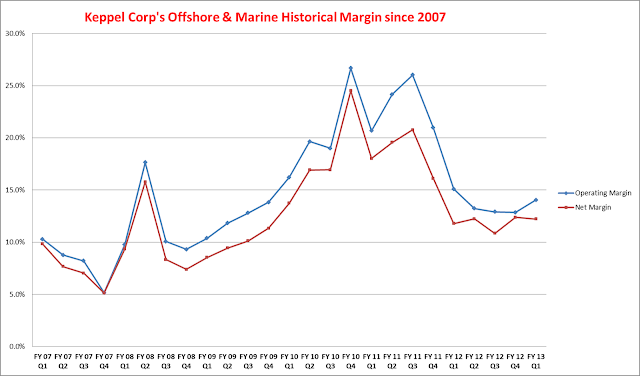SINGAPORE] Plunging car prices drove
Singapore's inflation rate down to 3.5 per cent last month - the lowest
it has been in more than two years. It is expected to fall further,
possibly to 2 per cent, this month.
But core inflation could still rise in the second half of the year as
economic restructuring costs pass through to prices, economists said.
Consumer prices rose by 3.5 per cent from a year ago, less than
private-sector economists' consensus forecast of 3.6 per cent. This
prompted at least two banks to cut their full-year inflation forecasts;
DBS has lowered it from 4 per cent to 3.6 per cent, and Bank of America
Merrill Lynch to 3.5 per cent.
The 1.4 percentage point drop from February's inflation rate of 4.9
per cent was largely due to falling vehicle costs, the Monetary
Authority of Singapore (MAS) and Ministry of Trade and Industry (MTI)
said in a joint statement.
In month-on-month terms, the consumer price index (CPI) fell 0.5 per cent in March after rising one per cent in February.
Private road transport costs, which weigh 12 per cent in the CPI's
basket of goods, still rose 8.6 per cent in March from a year ago. But
this was half the 17.4 per cent year-on-year jump in February, thanks to
weaker certificate of entitlement (COE) premiums and car dealers
lowering prices in the wake of the MAS's curbs on car-loan financing in
late-February.
While COE premiums are expected to fluctuate as the market adjusts
further, MAS and MTI think they will contribute less to headline
inflation in the coming months.
"Overall inflation should recede from its Q1 high," the authorities said.
This is also because imputed rentals on houses lived in by their
owners (which involve no out-of- pocket expenses) will rise at a slower
pace, given the upcoming completion of a large number of private housing
units, they added.
Slight moderation was already seen in March. Accommodation cost
inflation edged down to 5.8 per cent from February's 5.9 per cent,
because of a smaller rise in market rentals.
Excluding private road transport and accommodation costs - which
accounted for more than two-thirds of March's inflation - core inflation
eased to 1.7 per cent, from 1.9 per cent in February.
Food inflation fell to 1.8 per cent from 2.3 per cent in February, as
the Chinese New Year boost to food prices wore off; services fees rose a
slower 2.5 per cent, down from February's 2.7 per cent. Lower prices at
petrol pumps also sent prices of oil-related items falling a steeper
2.8 per cent in March than February's 0.2 per cent year-on-year dip.
MAS and MTI said: "Imported inflation in 2013 will likely remain subdued, given ample supply buffers in the commodity markets."
But upward wage pressure from a persistently tight labour market may
push businesses to pass their costs to consumers at a faster pace later
this year.
The path ahead is thus likely to be bumpy.
Barclays economist Joey Chew says the impact of lower global oil
prices on petrol prices and electricity tariffs, as well as government
rebates, could send headline inflation "to or below 2 per cent in
April".
Rebates for public housing service and conservancy charges, slated
for disbursement in April, July and October, will lower accommodation
costs in those months, but inject significant volatility into the
inflation rate, she said.
Citi economists Kit Wei Zheng and Brian Tan
noted that the government's latest assessment of headline inflation
"sounded more dovish" than a month ago, but not its take on core
inflation. This would be in line with the central bank's decision
earlier this month to stick to its exchange rate policy stance and
anchor inflation expectations.
The multi-pronged approach of administrative measures to cool the
housing and car markets, subsidies, and continued appreciation of the
trade-weighted Singapore dollar "appears to be working", said Ms Chew.
The government is keeping to its 2013 forecasts of 3-4 per cent headline inflation and 1.5-2.5 per cent core inflation








































